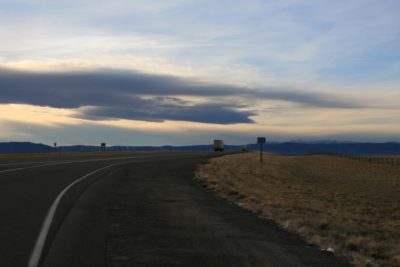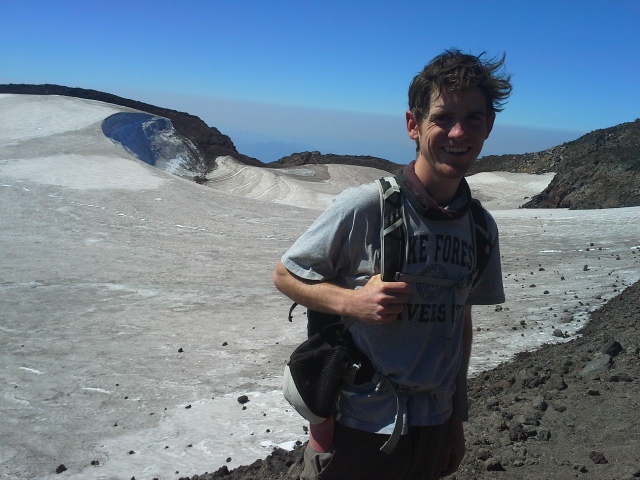 Interstate-80 is a barrier to ungulate movement across Southern Wyoming. Pronghorn (antilocapra Americana) are particularly affected by the Interstate, as it impedes their ability to roam in winter range. Meanwhile, our understanding of the environmental influences of migrations is continuing to develop into a more complete picture which can help inform restoration and mitigation efforts for wildlife. As wildlife overpasses are becoming an increasingly popular tool to improve habitat connectivity, our research is interested in trying to inform where would be the optimal locations to restore movement across the Interstate. This project has three different approaches to inform locations to restore movement:
Interstate-80 is a barrier to ungulate movement across Southern Wyoming. Pronghorn (antilocapra Americana) are particularly affected by the Interstate, as it impedes their ability to roam in winter range. Meanwhile, our understanding of the environmental influences of migrations is continuing to develop into a more complete picture which can help inform restoration and mitigation efforts for wildlife. As wildlife overpasses are becoming an increasingly popular tool to improve habitat connectivity, our research is interested in trying to inform where would be the optimal locations to restore movement across the Interstate. This project has three different approaches to inform locations to restore movement:
- Assess where pronghorn are most frequently moving along the Interstate to identify locations where pronghorn appear most affected by the barrier effect. Through a revisitation analysis, we can identify where restoring movement might be most pertinent.
- By testing multiple different migration ecology hypothesis, predict the location and placement of pronghorn migratory corridors prior to the placement of the Interstate. This will allow us to identify where permeability could be most easily restored.
- Given trail cameras we have established along the Interstate, we plan to identify where pronghorn and mule deer movement is most frequent, and thus where connectivity already appears highest. This information may allow us to identify important underpasses that could be retrofitted to better promote movement.
Our research will take the growing knowledge of migration and movement ecology towards a valuable application of movement restoration.
Pronghorn_I80_Capture_Report_April102018
Contact
Benjamin Robb, MSc Student
Wyoming Cooperative Fish and Wildlife Research Unit
Dept 3166, 1000 East University Avenue
Laramie, Wyoming 82071
(307) 766-5415
Project Lead
Funding & Partners
Knobloch Family Foundation
Wyoming Department of Transportation
USGS
Partners:



